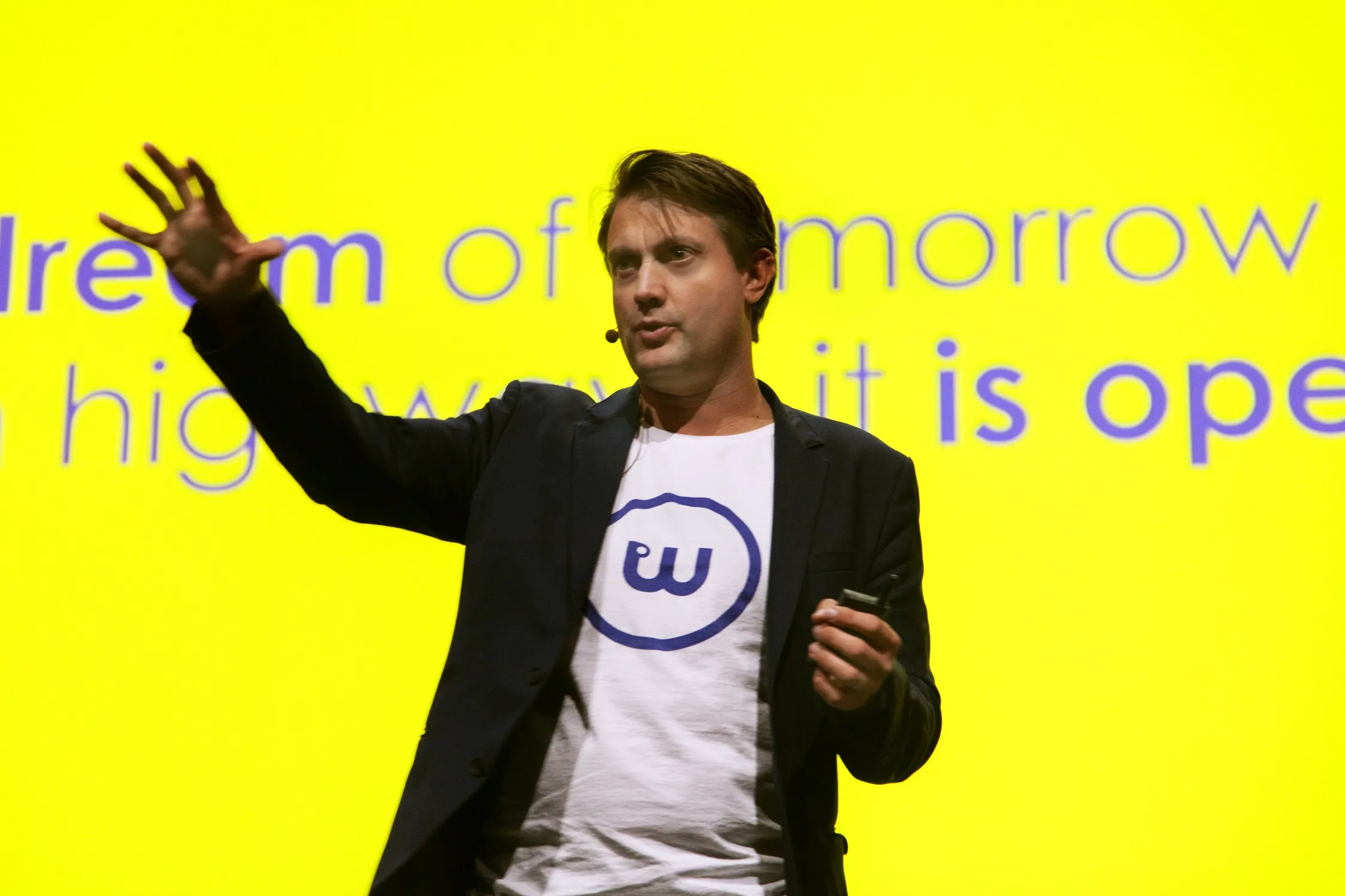
Lamination plate specialist VTT, whose technology helps to create secure documents such as passports, driving licences and bank cards, is showing off its NANOcare product for the first time at CARTES SECURE CONNEXIONS.
The new technology incorporates a hologram - which means that there is no need in the process for the separate addition of the hologram image. Apart from the convenience this offers when creating the data page of a passport, for example, VTT believes there could be cost savings too. “The image transfer comes from our plate,” explains Harry Post, MD and CEO of VTT. “It means you can miss out a whole process. The whole world is watching and waiting for this.” The company helps create a variety of products with integrated security features. “For instance, we worked on the newest Chinese passport,” says Post. “We’re talking about 600 million passports, 20 million a year at least.” VTT’s plates can be used for PVC, PC, Teslin, PET-G and other materials, are manufactured to customers’ requests and are suitable for all lamination presses.










